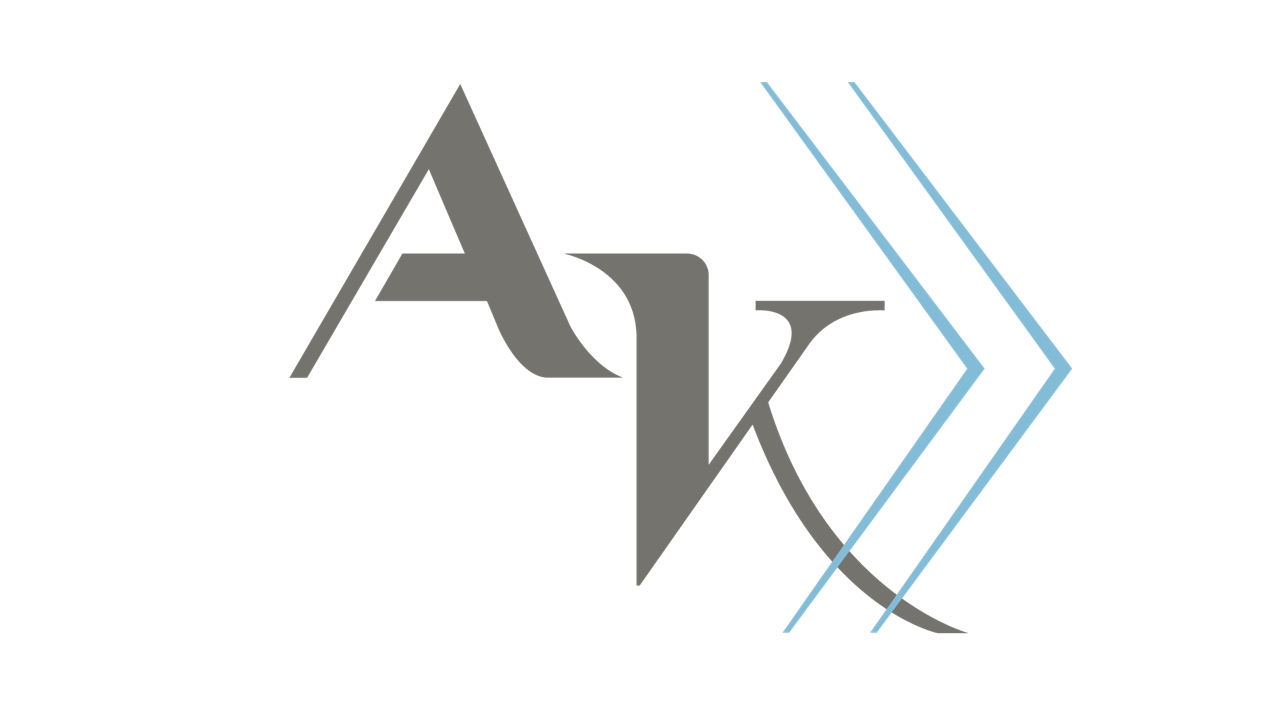The Link Between Neck Pain and Headaches
There are several different kinds of headaches, including migraines, tension headaches, and cervicogenic headaches. Each different type of headache has different causes and treatments. It is important if you suffer from chronic and frequent headaches to be evaluated by a qualified medical professional to determine which type of headache you are experiencing, and what course of treatment may provide the best chance at relief.
In this post, we will focus on cervicogenic headaches. A cervicogenic headache is a headache that is caused due to neck tightness and pain. Often times the suboccipital muscles, located at the base of the head, are a major contributor to cervicogenic headaches. These headaches can originate in those muscles and the pain can radiate toward the front of the face on one side. Many other muscles throughout the neck can also become tight and guarded with cervicogenic headaches, such as the upper trapezius muscles.
So what causes this neck tightness that leads to headaches? Often times, prolonged forward head posture is the original cause of these headaches (although there can be other causes, such as whiplash injuries). This posture is very common for those who work on a computer or other devices most of the day. Forward head posture is when the chin is protruded forward, the lower part of the neck is in a flexed position and the upper part of the neck is extended, which shortens the suboccipital muscles. Holding this posture for prolonged periods, such as when working at a desk job, can cause the neck muscles to become very tight and guarded. It also causes weakness in the deep cervical flexor muscles in the front of the neck, which over time makes it more difficult to reverse forward head posture.
With muscle tightness in the suboccipital muscles, patients can also sometimes experience other symptoms such as dizziness, known as cervicogenic dizziness. This dizziness can be very similar to vertigo or BPPV (benign paroxysmal positional vertigo). It can be difficult to tell the difference between cervicogenic dizziness and vertigo, so it is important to be assessed by a physical therapist who treats vestibular conditions to determine the underlying cause.
So what is the treatment for cervicogenic headaches? Exercises that correct postural imbalances, as well as manual therapy techniques to help return muscles to their normal length, can decrease cervicogenic headaches. I often teach my patients self suboccipital release techniques using a lacrosse ball or peanut ball (seen in the video below). If you suffer from neck pain or stiffness, as well as frequent headaches, contact us for more information about how we can help at info@absolutekineticspt.com or (513) 208-2257.
Blog post written by Dr. Alexis Hutchison, PT, DPT, OCS
